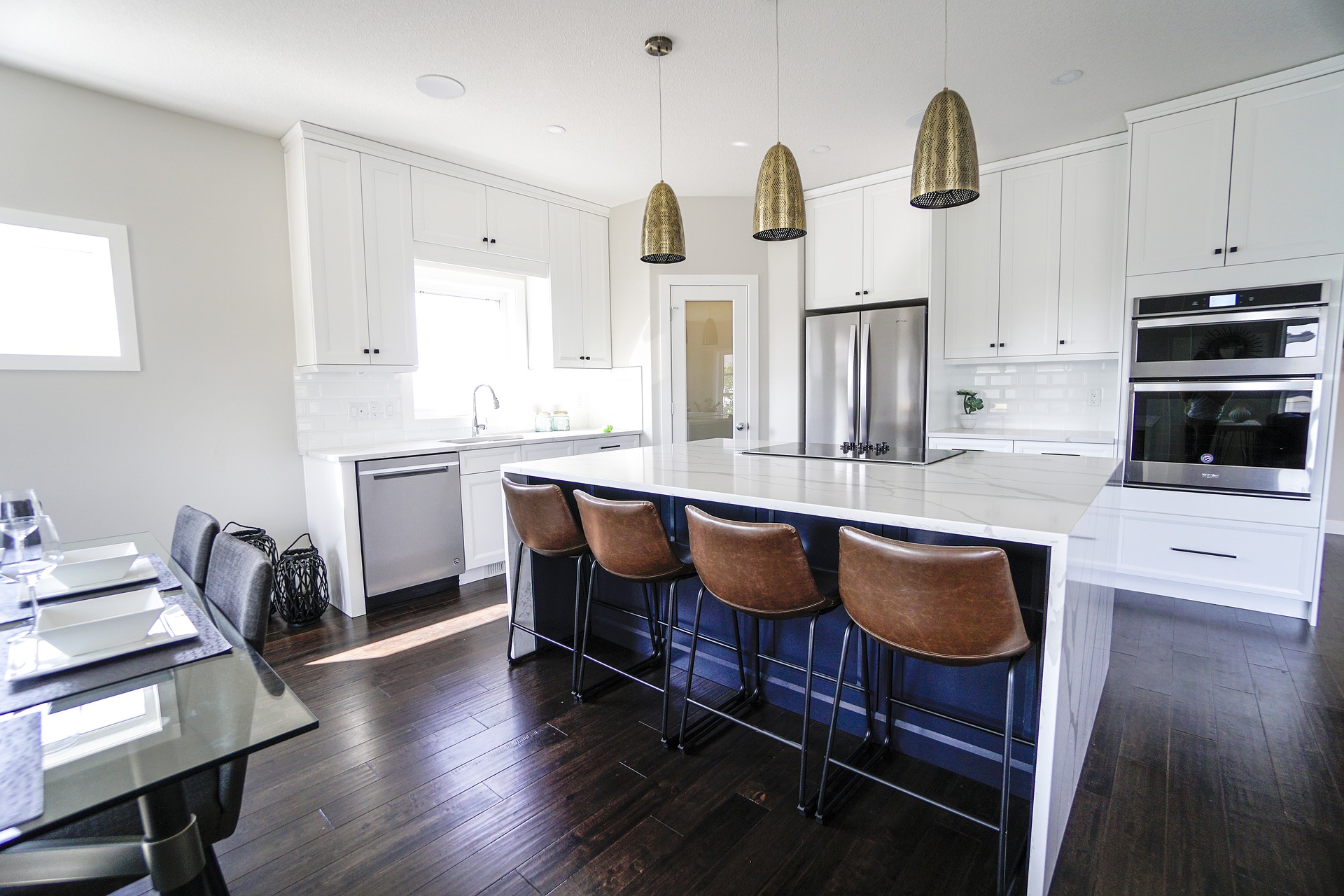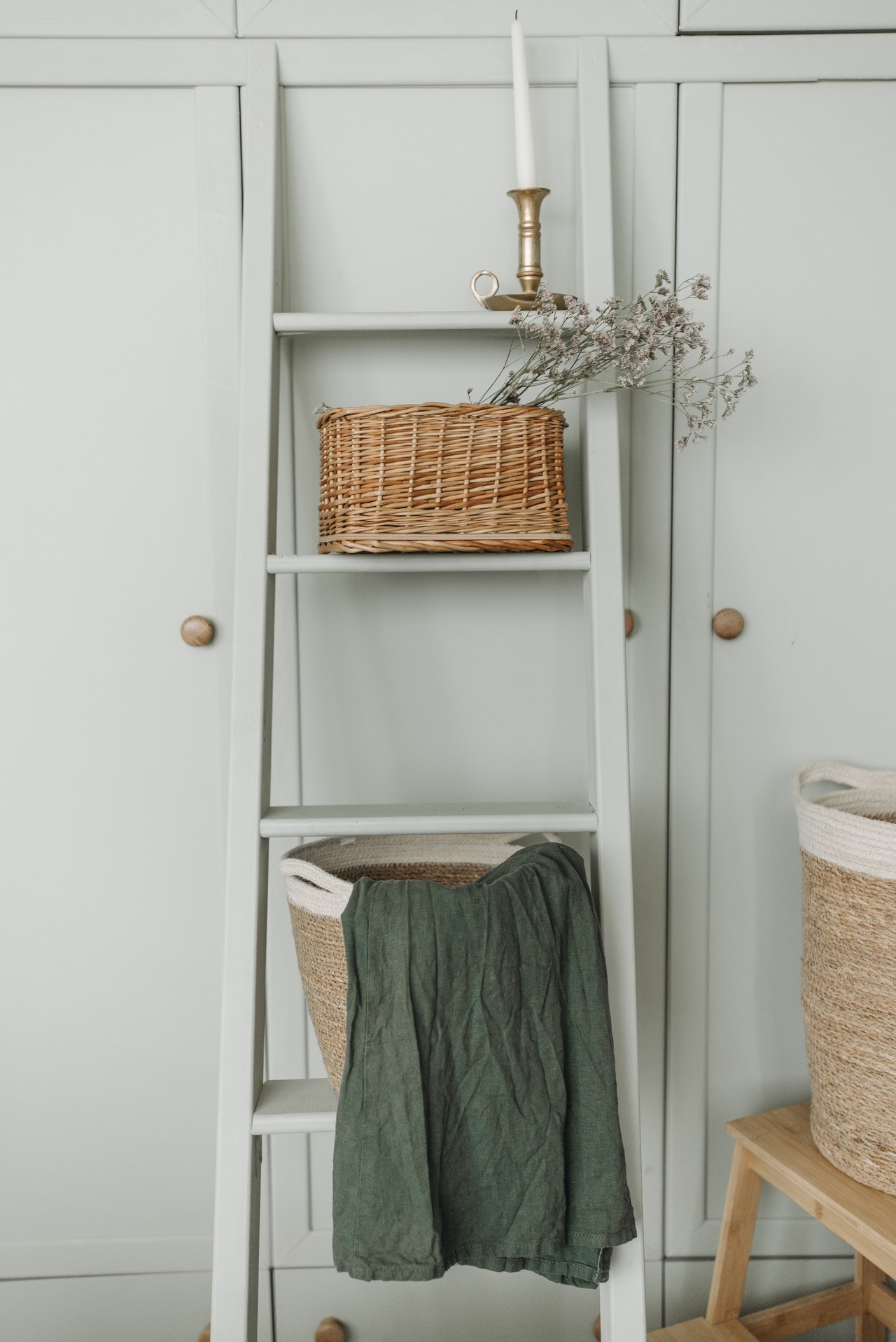 For a designer, the ultimate medium is paint. With the wide range of colors, paints can turn something into a fresh, new, and exciting item. Almost all base materials can accept paint, but still, others repel them.
For a designer, the ultimate medium is paint. With the wide range of colors, paints can turn something into a fresh, new, and exciting item. Almost all base materials can accept paint, but still, others repel them.
Suppose you are artistic and love to craft things on your own. In that case, you should know about the paints that you can use for most of your DIY projects, from small items to something more extensive, like protecting your vehicles with a particular type of coating or ensuring the parts of your house are slip-proof, with paints that you can source out from durabakcompany.com.
Paints for different surfaces
There are several types of paint for different purposes and surfaces. You should know their properties and characteristics to understand where each type of paint will be more effective. Here are a few ideas.
- Bricks. See to it that you clean the bricks first with a wire brush. If it is too dirty, you can wash it in soapy water. Next, rinse the masonry thoroughly and leave it to dry for at least two days. Remember that it is nearly impossible to remove paint from bricks, so ensure that you use the right color when you paint them. The best paint to use is latex paint.
- Porcelain and ceramic tile. These materials have smooth surfaces. To ensure paint adhesion, rough up the surface with 150-grit sandpaper. Use a non-residue cleaner to remove all traces of dust and sanded material. Top-quality acrylic paint is the best to use for ceramic and porcelain tiles. Apply a semi-gloss acrylic interior paint over the primer. Give the tiles 14 days to properly dry before you use them.
- Concrete slabs. You can make concrete look new and fresh with a coat of paint. Prep the concrete by washing it with a non-residue cleaner first. Then remove old paint and use a degreaser for oily spots. Allow the concrete to dry for two days. Next, etch the concrete surface with a ten percent solution of muriatic acid. Finally, use specially formulated paint for concrete floors, following the recommended process.
- Drywall. Remove dust from the drywall and use a damp rag to wipe the walls. Next, apply spackling compound to cover holes and cracks. Acrylic latex primer is ideal as a first coat for drywalls, followed by a coat of high-quality acrylic latex.
- Exterior doors are made of fiberglass. Remove the door from its hinges and lay it flat on two sawhorses. Remove all hardware attached to the door. Using 320-grit sandpaper, sand the door lightly. Dampen a rag with acetone to remove dust from sanding. Leave the door and allow it to air dry. First, coat the door with acrylic latex primer. Let the primer dry before applying two coats of exterior-grade latex paint. Allow the coat to dry and sand the surface lightly between each coat.
- Metal. Use a wire brush to remove rust and old paint. Sand the metal surface using 220-grit sandpaper and wash the metal item with water. Allow it to air dry. Use the recommended exterior-grade primer and paint for the type of metal item you want to paint.
Knowing the right paint to use for the type of material you want to paint will improve your DIY skills. If you do not use the recommended paint, your efforts will be wasted because the paint will not adhere correctly or dry thoroughly.


